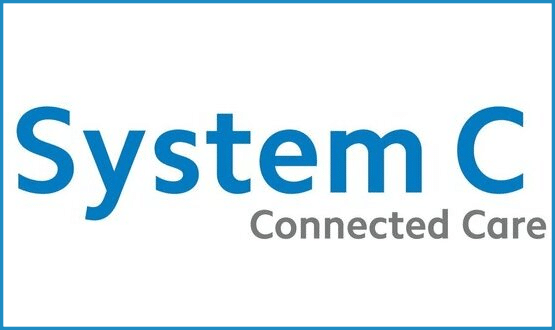System C CEO analyses EPR market and says one size does not fit all
- 14 November 2023

In an exclusive interview with Digital Health News, Nick Wilson, CEO of electronic patient record (EPR) provider System C, said the EPR market remains fluid, with different NHS trusts having different requirements, and that System C’s value proposition distinguishes it from its competitors.
In response to a question on how he views the EPR market today and System C’s place within it, Wilson was quick to point out that “one size does not fit all”, referring to the fact that both the big US players Oracle Cerner and Epic have struck major deals in recent months, such as the Epic EPR go live at Guy’s and St Thomas’ and Kings College Hospital NHS Foundation Trusts.
“The appropriate solution for Manchester University Foundation Trust is going to be different to the solution required for East Suffolk. These organisations may aspire to have a Lamborghini but frankly, I don’t need a Lamborghini, I have an Audi A3 and that’s fine for me, because it delivers absolutely everything I need. So I think one size does not fit all,” Wilson said.
Wilson also told Digital Health he would not use the word “dominance” (referring to the big US players) when it comes to the EPR market, “not least because when you look at what the current landscape will look like in the future, I don’t believe it will be the case”.
“There are different levels of predictability from different EPR providers, without naming any names, and it is costing the system not just millions of pounds but enormous disruption and uncertainty.
“Different providers will bring different things to different organisations, but we’ve got to break away from this sense that ‘I must have this one because it’s what the centre tells me I should have’, not least because we have some brilliant UK talent and British EPR providers; clearly, I’m talking about System C here,” Wilson said.
System C compared to the rest
Being British, System C has the NHS at its core and was designed for and by the NHS, “so we don’t have those competing priorities of ‘can this work for a billing cycle?’”, Wilson explained.
The System C CEO highlighted important points around value, arguing that his company and procurements are significantly better value than other providers, using the example of a recent procurement where one of the US providers offered a bid that was three times the price of the second place bidder, something Wilson described as “outrageous”.
He also talked about certainty and how the delivery of EPR systems from other providers are often late which “brings more cost and disruption and delays the time for the benefits the EPRs can bring”.
“That’s a big differentiator for us; no CEO has ever been fired in the NHS off the back of a System C implementation, but we have seen it from others. There’s less operational risk (with System C), less patient risk and it’s quicker to deliver the benefits,” Wilson argued.
The future of EPR technology
Looking to the future, Wilson believes that the cloud will play a significant part in managing risks and delivering EPRs.
“I think there is going to be an inevitable march to getting things into the cloud,” he said. “I think that’s better from a value perspective and from my experience, it’s much better from a risk management and an operation delivery perspective.”
System C recently signed a 10-year deal with The Royal Wolverhampton NHS Trust to implement an integrated EPR system, which will replace the trust’s in-house built EPR and accelerate its digital maturity and roadmap.
Wilson confirmed to Digital Health News that System C will be going live next with The Robert Jones and Agnes Hunt Orthopaedic Hospital at the EPR level, but have a constant steam every month where the organisation is going live with upgrades.
Away from System C’s EPR platform CareFlow, the organisation’s social care platform, Liquidlogic, is currently in use by 60% of local authorities, Wilson said, for adults and children’s case management.
“Thinking about how we bring those two parts of the health and social care system and continuum closer together is massively important,” he concluded.




